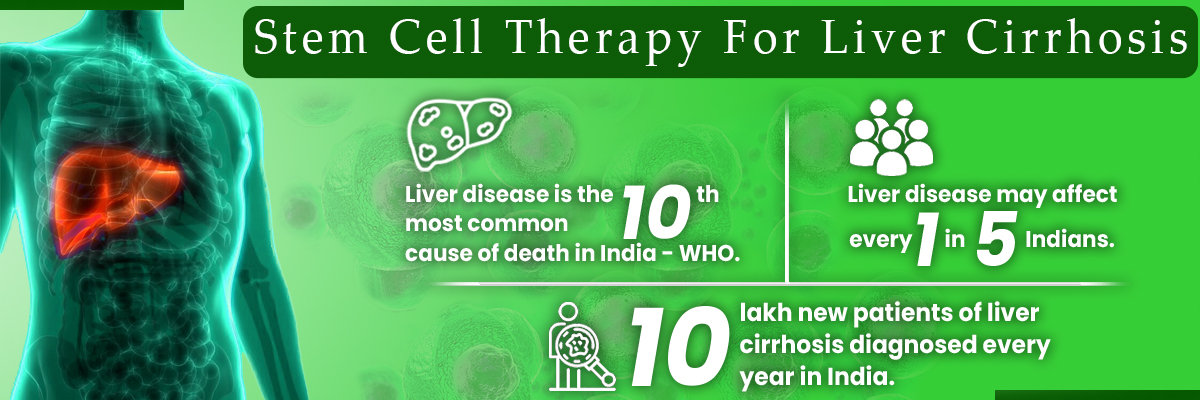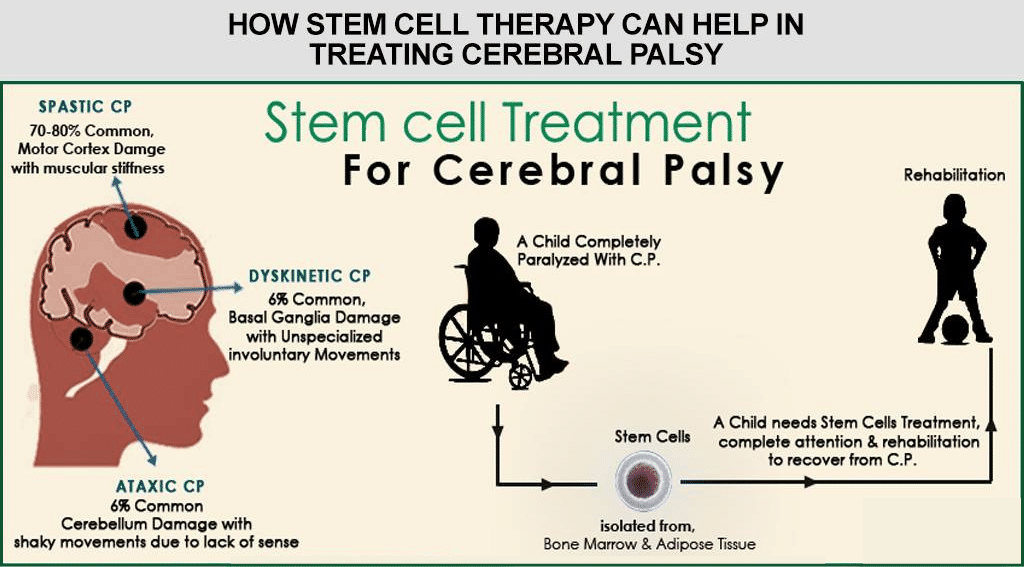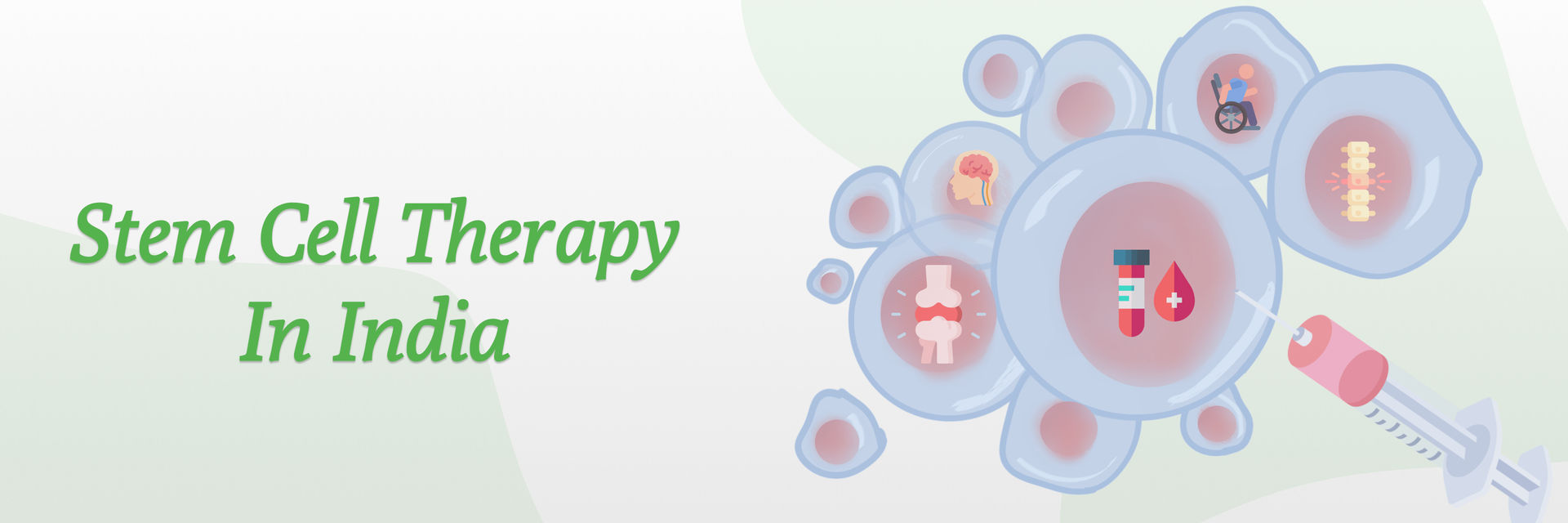Introduction
Paralysis affects a significant portion of the population due to various causes such as spinal cord injuries, stroke, or diseases like polio. The condition can vary in severity, from partial to complete paralysis, and can be temporary or permanent.
Do you know?
- Approximately 5.4 million people live with paralysis in the United States alone.
- In India, approximately 119-145 paralysis attacks occur per one lakh people in the nation.
- The number of paralysis cases is higher in rural areas, ranging from 164-205 cases per one lakh people.
Are you also facing the same problem?
Are you also tired of living with paralysis that limits your mobility and quality of life?
Dr. Pradeep Mahajan, a renowned expert in regenerative medicine, is pioneering stem cell treatments for various conditions, including paralysis. Stem cell therapy offers a new approach by potentially repairing damaged nerves and restoring function, providing hope for those living with paralysis.
Overview
When millions of people are affected and suffering from this globally, new advancements in medical science, particularly stem cell treatment for paralysis, have opened new doors of hope. Stem cell treatment for paralysis uses undifferentiated cells to repair or replace damaged tissue causing paralysis. This innovative approach can potentially regenerate nerve cells and restore their function. It offers hope for improved mobility and quality of life.
Types of Paralysis and How Stem Cells Can Help
Type of Paralysis | How Stem Cells can help |
| Spinal Cord Injury | It may regenerate nerve pathways and repair tissues. |
| Stroke-induced Paralysis | It aims to restore brain function and motor skills. |
| Cerebral Palsy | Potential to improve motor functions and decrease spasticity. |
Wondering how and when to consider Stem Cell Therapy? Don't worry we have got you!
Keep reading further.
Understand the Eligibility Criteria for Stem Cell therapy
Eligibility for stem cell for paralysis generally depends on the following:
- Type and Severity of Paralysis: For certain cases, it works best, like spinal cord injuries.
- Health Condition: You don't have any other critical health condition.
- Age: Younger patients may see better results, but no strict age limit exists.
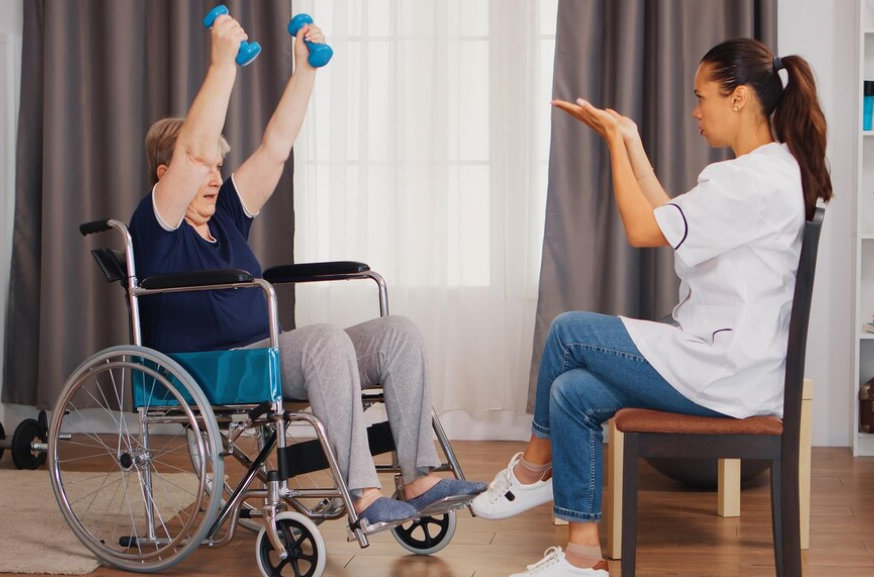
- Treatment History: Previous surgeries or therapies could affect eligibility.
- Infection Status: Must be free from active infections to undergo treatment.
- Immune System: You should have a healthy immune system without severe autoimmune conditions.
Curious about the treatment options for stem cells for paralysis? Read further to understand more about it.
Types of Stem Cells to Treat Paralysis

To treat paralysis, various stem cells are used, including:
- Neural Stem Cells (NSCs): These cells repair or replace damaged neurons in the nervous system.
- Mesenchymal Stem Cells (MSCs): The cells here are derived from bone marrow or fat, known for anti-inflammatory properties, and can differentiate into multiple cell types.
- Induced Pluripotent Stem Cells (iPSCs): IPSCs are adult cells reprogrammed to an embryonic-like state, capable of becoming nearly any cell type.
- Olfactory Ensheathing Cells (OECs): Support neuron growth and regeneration, used for spinal cord injury repair.
- Embryonic Stem Cells (ESCs): Pluripotent cells from early embryos can develop into any cell type, offering broad treatment potential.
- Autologous Stem Cell Therapy: Uses the patient's stem cells, reducing rejection risks.
- Allogeneic Stem Cell Therapy: This treatment involves stem cells from a donor, offering versatility in treatment.
Want to Know which type you can consider for your therapy? Book an Appointment now and talk to our experts!
The procedure of Stem Cell Treatment for Paralysis
The procedure involves:
- Harvesting stem cells from the patient or a donor.
- Processing and preparing the stem cells in a lab.
- Injecting the stem cells into the patient’s affected area.
- Monitoring and rehabilitation post-treatment.
What to Expect After Stem Cell Treatment for Paralysis
You can notice changes gradually over weeks or months as your body responds to treatment.
- Improved Muscle Strength: You can expect a potential increase in muscle strength and make movements easier.
- Enhanced Coordination: You can expect improved control over your movements. Gradually, it will lead to smoother and more coordinated actions.
- Increased Sensation: As you undergo treatment, the sensation will be restored in effecting areas. It will enhance your overall sensory experiences.
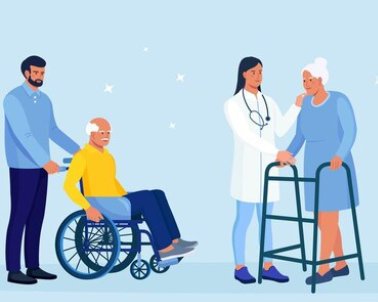
- Rehabilitation Importance: You must engage in rehabilitation and physical therapy to optimize your recovery outcomes.
- Follow-up Assessments: You should have regular check-ups to monitor progress and adjust care plans as necessary.
Do you want to also seek long-lasting relief from chronic back pain? Contact us now! and learn more about stem cell therapy.
Cost of Stem Cell Treatment for Paralysis
The cost of stem cell treatment for paralysis can vary widely based on several factors, including the type of stem cell therapy, the severity of paralysis, the location of the treatment facility, and the extent of post-treatment rehabilitation required.
In India, Stem Cell Treatment for Paralysis costs 8,000 to 12,000 USD. Compared to the United States, the cost can range from $20,000 to $100,000.
Based on the types of treatment, here is the approximate cost of stem cells for paralysis treatment in India:
Type of Stem Cell Treatment | Cost in India (USD) |
| Autologous Stem Cell Therapy | $5,000 - $10,000 |
| Allogeneic Stem Cell Therapy | $7,000 - $12,000 |
| Induced Pluripotent Stem Cell (iPSC) Therapy | $8,000 - $15,000 |
| Bone Marrow Stem Cell Therapy | $4,000 - $8,000 |
| Adipose-Derived Stem Cell Therapy | $3,500 - $7,000 |
| Umbilical Cord Blood Stem Cell Therapy | $6,000 - $10,000 |
Note: These costs are dynamic. They may vary depending on factors such as the provider's expertise, location, insurance, and treatment protocols.
Let us read together and understand more about these factors below!
Factors Affecting Treatment Cost for Stem Cell for Paralysis
The cost of stem cells can vary for a few main reasons:
- Type of Therapy: Different treatments have different prices. For example, using your stem cells might cost less than using stem cells from a donor.
- Where the Stem Cells Come From: The cost can change depending on whether the stem cells are taken from bone marrow, fat, or elsewhere because some methods are more complex.
- Severity of Paralysis: The more severe the paralysis, the more cycles of treatment you might need, making it more expensive.
- Hospital or Clinic: The cost can also vary based on where you get treated. Some places might have more advanced facilities and charge more.
- Aftercare: Costs can increase because of the care you need after the treatment, like physical therapy.
To know more in-depth about the expenses, Schedule a Consultation with the experts today!
Benefits and Risks of Stem Cell Therapy for Treating Paralysis
Benefits | Risks |
| Potential restoration of movement | Infection at the injection site |
| Improved quality of life | Immune system rejection |
| Reduction in spasticity | Unpredictable outcomes and efficacy |
Success Rates
Some studies showed significant stem cell success rates of up to 60% of patients, depending on the type of paralysis and treatment
specifics. However the treatment specifics can influence success rates. The type of stem cells used, the delivery method, and the comprehensive rehabilitation program followed post-treatment.
Stem cell therapies for paralysis are currently under investigation and have not received FDA approval. But it offers a groundbreaking approach that could change lives. It can potentially improve mobility, and quality of life must be considered. Stem cell treatment for paralysis is promising to improve symptoms and, in some cases, restore mobility. Success varies depending on the type of paralysis and the patient's overall health. As research progresses, hope continues to grow for those affected by paralysis.
Reference Links:
Current state of stem cell-based therapies: an overview - PMC (nih.gov)
Paralysis affects one person every minute in India (etvbharat.com)

